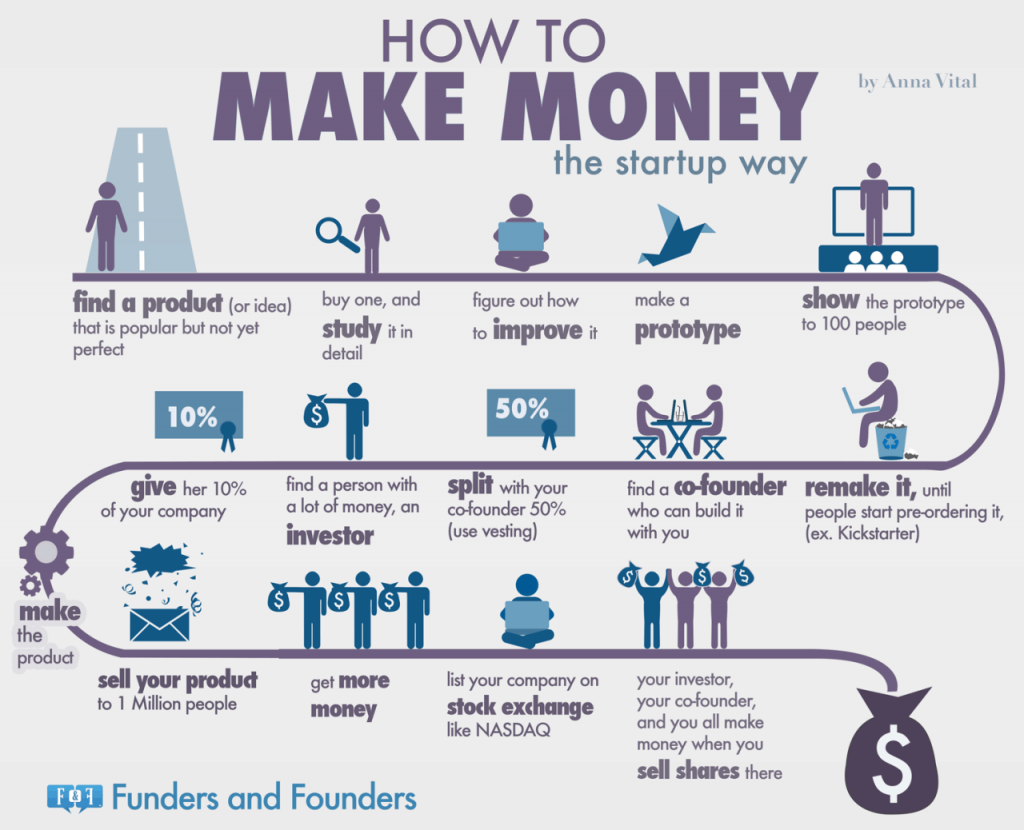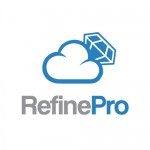When you are a first time founder, you will find a lot of support and hands on training to get you started from a practical point of view. Programs like MaRS, Communitech and the tens of start up incubators provide great guidance on how to structure a business model, prepare for sales, make sure you understand legal implication and how to get financing for your start up. Those programs make sure you’ve got all bases covered but they fall short on one key element which is helping you to find what type of company you want to build.
You have a great idea or product and there is different way to turn this into a company. Do you want to go big or build a life style business? Are you more toward social enterprise? Do you want to monetize through an intellectual property (IP) or do you want to open source your technology? Each model comes with different challenges, follow different logic and I suit different type of entrepreneurial mindset, and early in the game you’re asked to pick one model that will deeply influence the future of your enterprise.
However, today’s start up ecosystem focus mostly on nurturing young company and grow them into unicorn with billions of dollars in market value. It is about raising a seed round to go big and conquer a market segment. I think there is something missing to explain in depth that there is other way of doing things and expose first time founder to different model and offer support to build a company following one of those model. I am not talking a 30 min presentation, but offering long term mentoring and exposure to top entrepreneur who choose the different paths.
Like every other business program, Founder Institute put a lot of effort in making sure that your cover all aspects of a company from market validation, revenue model, legal and HR among others. FI also expose and help you to grow as a tech CEO who can raise capital and operate at the boardroom level. They make sure that you understand what it take to build that type of company by exposing your idea and personality to CEO that have been down this path before with weekly pitch and through a mentoring program.
Having access to a pool of mentors who have been there and can share the challenges waiting down the road is I think the top differentiation between FI and other start up program. Personally, I wish I was able to connect entrepreneurs who follow a different model (ie. not venture based) and decided to build service or open source based company for example.
You must start a company that reflect your personal convictions and how you want to do things. It is already hard enough between the long hours and crazy level of stress due to the uncertainty and novelty problems you have to solve. If on the top of this you are building something that doesn’t represent you, you won’t be motivated to work for and grow, and sooner or later quit it. Being a first time CEO, is about finding your style, and along with it the style of company you want to build. Do it your way because you can’t fake to be someone else all the time – this is way too tiring and nerve breaking. Find people who build similar company you want to build and connect with them, engage them as mentor, adviser or board member so they can guide you along the way.



